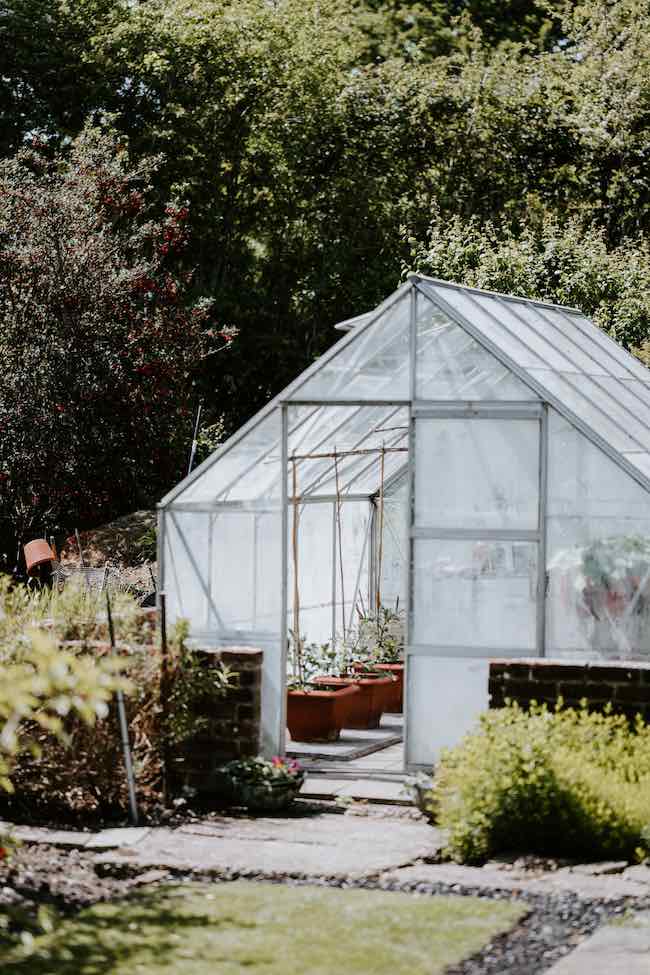Cleaning a glasshouse ready for new crops

Cleaning a greenhouse with disinfectant and fumigation are important steps in maintaining a healthy growing environment for plants. Here are some guidelines to follow:
It is important to regularly clean and disinfect your greenhouse to maintain a healthy growing environment and prevent the spread of disease. Be sure to follow all safety precautions when handling chemicals and fumigants.
- Remove all plants, compost, and debris from the greenhouse. Sweep the floor and wipe down surfaces with a damp cloth.
- Prepare a disinfectant solution according to the manufacturer’s instructions. Choose a product that is effective against a wide range of pathogens, such as bacteria, viruses, and fungi.
- Use a spray bottle or pressure sprayer to apply the disinfectant solution to all surfaces of the greenhouse, including walls, floors, benches, and equipment. Be sure to cover all areas thoroughly and allow the solution to sit for the recommended time.
- Rinse all surfaces with clean water to remove any remaining disinfectant residue.
- After cleaning, fumigation can be done to further eliminate any pests or pathogens that may be present. This involves the use of chemicals or gases that are released into the greenhouse to kill pests and pathogens.
- Follow the instructions for the fumigant carefully and make sure the greenhouse is properly ventilated during and after the process. It is important to wear protective clothing and equipment when handling fumigants.
- After fumigation, ventilate the greenhouse thoroughly to remove any remaining fumigant and allow time for it to dissipate before reintroducing plants.
It is important to regularly clean and disinfect your greenhouse to maintain a healthy growing environment and prevent the spread of disease. Be sure to follow all safety precautions when handling chemicals and fumigants.
- Greenhouse fumigation is a method of controlling pests and diseases in a greenhouse by exposing the plants and soil to fumigants that kill or control the targeted pests or diseases. The fumigants can be applied in different ways, such as with gas, liquid or solid formulations, and the method used depends on the type of pest or disease being targeted.
One common method of greenhouse fumigation involves the use of chemical fumigants, such as methyl bromide or chloropicrin, which are injected into the soil or released into the air in the greenhouse. These chemicals are highly effective at controlling a wide range of pests and diseases, but they can also be hazardous to humans and the environment, so it’s important to follow strict safety guidelines when using them.
Another method of greenhouse fumigation is the use of bio-fumigants, which are natural substances that release chemicals that can kill or control pests and diseases. Examples of bio-fumigants include mustard seed meal, compost, and molasses. These substances are often less toxic than chemical fumigants, but they may not be as effective against all types of pests and diseases.
Before using any fumigant, it’s important to carefully research and understand the potential risks and safety requirements associated with the method being used. Proper safety equipment, such as protective clothing and respirators, should always be worn, and proper ventilation should be ensured to prevent exposure to hazardous fumes.
Greenhouse fumigation can be an effective way to control pests and diseases in a greenhouse, but it’s important to use fumigants carefully and responsibly to ensure the health and safety of the plants, the environment, and the individuals involved.




















